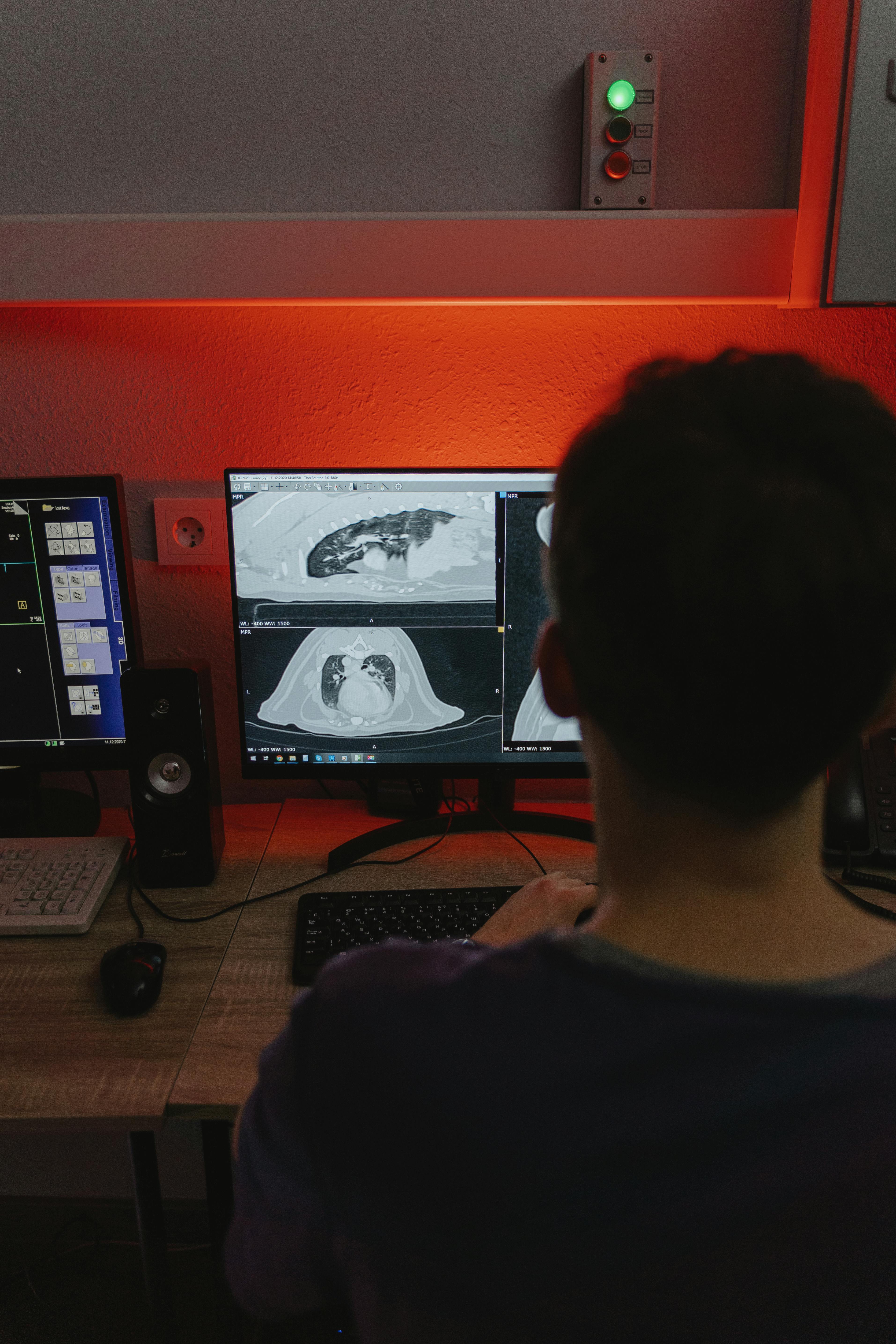1) Prologue to Expanded Reality in Medical Services
2) Upgrading Clinical Preparation and Instruction
3) Enabling Specialists and Clinical Experts
4) Working on a Tolerant Conclusion and Treatment
5) Improving Recovery and Treatment
6) changing patient experience
7) Difficulties and Limits of AR in Medical Services
8) Future Viewpoints and Likely Turns of Events
9) Guaranteeing Security, Viability, and Moral Use
10) Consistence with Administrative Prerequisites
11) Building Trust and Certainty Among Partners
1) Prologue to Expanded Reality in Medical Services
Expanded Reality, frequently curtailed as AR, alludes to the coordination of advanced data with the client's current circumstance progressively. With regard to medical services, AR overlays advanced data like pictures, recordings, or 3D models onto the actual world, in this manner enlarging the client's discernment and cooperation with their environmental factors. This innovation holds a massive commitment to reforming patient consideration by offering creative answers for different medical care difficulties.
2) Upgrading Clinical Preparation and Instruction
AR innovation is changing clinical preparation and training by granting vivid and intuitive growth opportunities. Clinical understudies and experts can profit from AR recreations that imitate genuine clinical situations, permitting them to rehearse methods and strategies in a gamble-free climate. Furthermore, AR empowers intuitive life systems examples where clients can investigate the many-sided subtleties of the human body in a dynamic and drawing-in way. This innovation additionally improves the availability of clinical schooling by giving remote learning open doors to under students in remote or underserved regions.
3) Enabling Specialists and Clinical Experts
AR innovation enables specialists and clinical experts by furnishing them with ongoing data and perception devices during operations. AR-helped medical procedures permit specialists to overlay patient information, for example, X-ray or CT checks, onto the careful field, furnishing them with significant experiences and direction all through the system. Moreover, AR empowers distant help and cooperation, permitting specialists to give direction and backing to specialists progressively, no matter what their actual area.
4) Working on a Tolerant Conclusion and Treatment
Expanded Reality innovation assumes a critical part in working on understanding conclusion and treatment by furnishing medical services experts with precise and itemized data. AR-directed methodology empowers specialists to carry out complex procedures with accuracy and productivity, decreasing the risk of difficulties and working on understanding results. Also, AR works with customized patient consideration plans by permitting medical services suppliers to tailor therapies and mediations in light of individual patient necessities and inclinations.
5) Improving Recovery and Treatment
AR innovation is changing restoration and treatment by furnishing patients with intuitive encounters and drawing in encounters that advance recuperation and recovery. In non-intrusive treatment, AR applications offer vivid activities and exercises that assist patients with recovering versatility and strength following wounds or medical procedures. Besides, AR innovation upholds mental restoration by giving patients mind-preparing activities and exercises that upgrade mental capability and memory maintenance. By gamifying restoration works out, AR innovation rouses patients to effectively partake in their recuperation cycle, prompting further developed results and quicker recuperation times.
6) changing patient experience
One of the main effects of AR in medical care is its capacity to improve the general patient experience. AR applications can assist with lessening patient nervousness and stress by giving vivid interruptions and unwinding methods during operations or clinic stays. Moreover, AR empowers intelligent patient training, permitting patients to find out about their circumstances, medicines, and drugs in a visual and drawing-in way. Virtual patient care groups worked with by AR innovation furnish patients with a feeling of local area and backing, cultivating close-to-home prosperity and versatility.

7) Difficulties and Limits of AR in Medical Services
In spite of its likely advantages, the far-reaching reception of AR innovation in medical care faces a few difficulties and constraints. Protection and security concerns with respect to the assortment and utilization of patient information remain critical obstructions to execution. In addition, coordinating AR innovation with existing medical services frameworks and work processes requires huge speculation and assets. Cost suggestions and availability issues additionally present difficulties, especially for medical care offices with restricted spending plans or assets.
8) Future Viewpoints and Likely Turns of Events
Looking forward, the eventual fate of expanded reality in medical services looks encouraging, with headway and developments not too far off. As AR innovation keeps on advancing, we can hope to see upgrades in ease of use, execution, and moderateness, making it more available to medical care suppliers and patients alike. Besides, the incorporation of AR with other emerging advances, for example, computerized reasoning and augmented reality, holds huge potential for reforming the medical care industry.
9) Guaranteeing Security, Viability, and Moral Use
The advancement of administrative rules and industry guidelines is basic to guaranteeing the wellbeing, adequacy, and moral utilization of expanded reality innovation in medical services. Administrative bodies, proficient associations, and guidelines-setting organizations team up to lay out accepted procedures, quality principles, and administrative structures that oversee the plan, advancement, sending, and utilization of AR arrangements in clinical settings.
10) Consistence with Administrative Prerequisites
Medical services suppliers and innovation engineers should stick to administrative prerequisites and consistence norms while planning, conveying, and involving expanded reality arrangements in medical care. Administrative bodies like the Food and Medication Organization (FDA) in the US and the European Meds Office (EMA) in Europe control clinical gadgets and programming applications to guarantee their wellbeing, viability, and quality. Increased reality applications that are expected for clinical use might be dependent upon administrative investigation, premarket endorsement, and post-market observation to survey their presentation, dependability, and wellbeing profile.
11) Building Trust and Certainty Among Partners
Straightforwardness, responsibility, and trust are fundamental components of effective AR execution in medical services. Medical services suppliers should discuss straightforwardly with patients, guardians, and different partners about the planned use, advantages, and dangers of expanded reality innovation. By including patients in the dynamic cycle, tending to their interests, and regarding their inclinations, medical services suppliers can fabricate trust in AR-empowered mediations .




You must be logged in to post a comment.